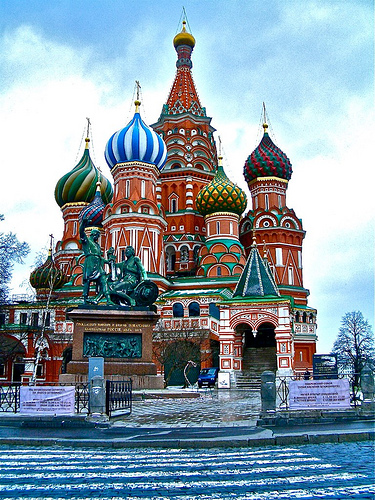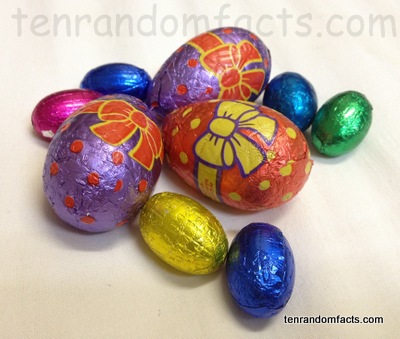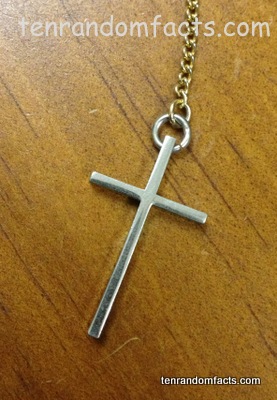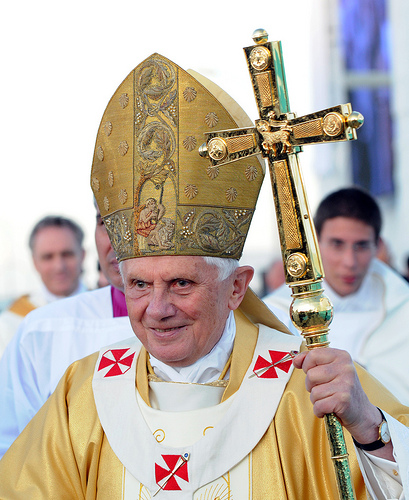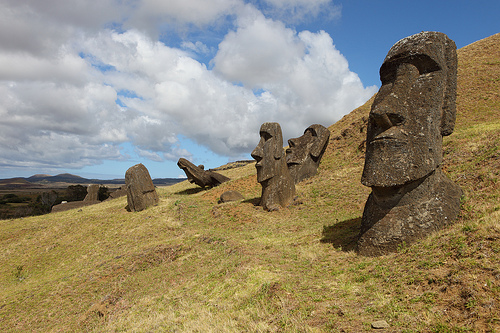
Nearly a thousand of them!
-
The Moai statues are located on Easter Island, or ‘Rapa Nui’ as the indigenous call it, a remote island in the Pacific Ocean, governed by Chile.
- The Moai statues are also known as ‘moai’, ‘Easter Island heads’ and ‘Easter Island statues’, and are believed to have been carved between 1250 to 1500 AD.
- The Moai statues, many of which are partly buried, have large heads and bodies with sharp noses and chins, and nearly all are carved from volcanic stone called ‘tuff’.
- There are 887 known Moai statues, the tallest being 21 meters (72 feet) high, weighing over 160 tonnes (176 tons), and the average height is 4 metres (13.2 feet).
- The Moai statues were made by the natives that lived on Easter Island, the Rapa Nui people, in a quarry on the island that still contains numerous tools made of stone, as well as 45% of the Moai statues, many of which remain incomplete.
Moai Statues
Image courtesy of Emil Eklund/Flickr
- It is believed that the native people created the Moai statues in honour of significant male ancestors, and most of the Moai statues face the original clan settlements and so it is suggested, that the Moai statues were protectors of the clans and ceremonial areas.
- There have been many theories to suggest how the Moai statues were moved from the quarry to their existing location, however, the most likely scenario is that they were ‘walked’ into place by the use of ropes with the statue leaning slightly forward and the use of a rocking motion from side to side, which required approximately 18 people.
- Ten full Moai statues have been transported to other parts of the world and can be seen in museums.
- The Moai statues are part of the Rapa Nui National Park, which was made a UNESCO World Heritage site in 1995.
- The preservation of the Moai statues proves to be difficult due to the nature of their original material, and is not helped by people who can’t keep their hands and bodies away, as can be seen in the case when the ear of a Moai statue was chipped off by a thieving tourist from Finland in 2008, who was then fined $17,000 and incurred banishment from Easter Island for three years.




